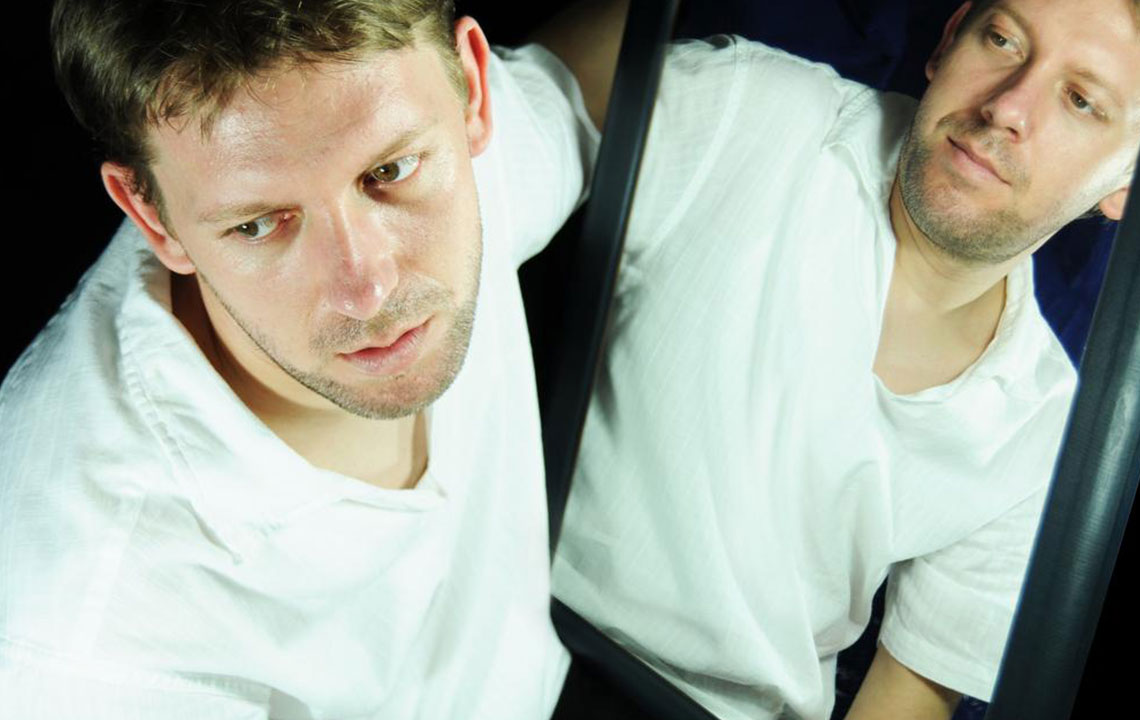Recognizing Bipolar Mania Signs and When to Seek Medical Help
This article discusses the key signs of bipolar mania, including rapid speech, mood swings, and risky behaviors, emphasizing the importance of seeking medical attention. It explores different types of bipolar disorder, their symptoms, and the need for early intervention to prevent escalation. Awareness and education about bipolar symptoms can lead to timely diagnosis and effective management, improving the quality of life for affected individuals.

Recognizing Bipolar Mania Signs and When to Seek Medical Help
Approximately 20% of individuals with bipolar disorder also experience borderline personality disorder. Diagnosis can be challenging unless severe mania is present. Bipolar disorder causes dramatic mood shifts, oscillating between mania and depression, which can sometimes occur simultaneously, leading to mixed episodes. Recognizing the symptoms of bipolar mania is essential for timely intervention.
Common signs include rapid speech, elevated self-esteem, decreased need for sleep, impulsivity, distractibility, overconfidence, and engagement in risky behaviors. These symptoms vary between individuals and may fluctuate over time.
Understanding these symptoms can help in early detection:
Rapid speech: A person may speak swiftly, making it hard to follow.
Inflated ego: Overestimating personal abilities or bragging excessively.
Sleeplessness: Reduced need for sleep without feeling tired.
Risk-taking: Engaging in dangerous activities like reckless spending or unsafe behaviors.
Emotional highs: Feeling euphoric or overly excited.
These symptoms are often short-lived but require medical attention to prevent escalation. Bipolar mania can also include suicidal thoughts. If someone shows warning signs, provide support, remove harmful objects, and seek professional help promptly.
Different bipolar types exhibit varying symptoms and severities:
Bipolar I: Marked by extreme mood swings, intense manic episodes, and possible depression. Symptoms include persistent euphoria, irritability, and reckless activities.
Bipolar II: Features hypomanic episodes, which are less severe, making it harder to recognize. Family and friends often need to encourage treatment.
Cyclothymic Disorder: Characterized by alternating mood swings that impair functioning, potentially progressing into more severe bipolar forms.
Rapid Cycling: Frequent episodes—four or more in a year—of depression, hypomania, or mania.
Regardless of the type, consultation with a mental health professional is crucial for proper diagnosis and management. Educating oneself about bipolar disorder aids in early recognition and treatment.Note: The information on this site is for educational purposes and should not replace professional medical advice. Always consult a healthcare provider for diagnosis and treatment options.










